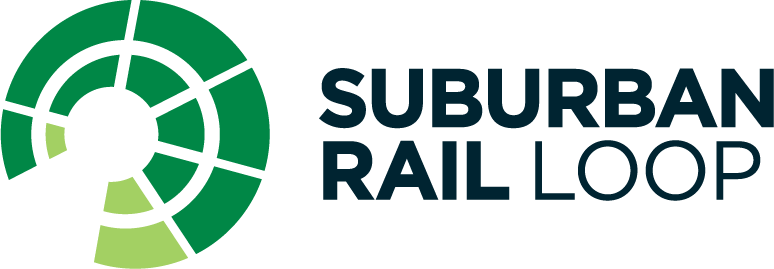
Yuyu Zhang
Network Development Director
Once the revered capital of 13 Imperial Dynasties, Xi’an in Central China is considered the birthplace of Chinese civilisation.
Famous for its Terracotta Warriors and as the starting point of the Silk Road, the ancient city now boasts, among other things, one of the most advanced and busiest transport networks in China.
So perhaps it is no surprise that a city which has kept pace with human and industrial evolution over thousands of years, has also produced some of the world’s engineering elite – including one of Suburban Rail Loop’s own, Yuyu Zhang.
“I finished my degree in civil engineering in Xi’an and then me and my then-boyfriend - we met at university there and decided to move together to Sydney,” she said.
It was a leap of faith more than 15 years ago and the pair never looked back.
Ms Zhang completed a masters in Transport Management at Sydney University, married her partner, started a family and then began carving out her career in rail planning with major Sydney projects.
“I worked on the Sydney metro project, including Sydney Metro West and Western Sydney Airport metro, which is now the Sydney Metro Greater West - and I was also involved in the planning of Australia’s high-speed east coast rail project.”
Yuyu Zhang is now helping plan the nation’s biggest rail infrastructure project, the $50 billion Suburban Rail Loop in Victoria.
“The opportunity to plan this project well, to leave a legacy for Victorian people - this is a once in a lifetime opportunity for a transport planner like me.”
The Suburban Rail Loop is an orbital rail system that will change how people move around Melbourne, providing better connectivity to employment, education and health precincts in the city’s middle suburbs, and linking to every major metropolitan service from Frankston to Werribee.
“Suburban Rail Loop provides a lot of opportunities for customers – the first thing is obviously providing better public transport and linking to the airport, but it also enables land use and economic development – not just in Melbourne’s centre, but in the outer-ring areas,” Ms Zhang said.
“This will hopefully allow the project to develop an economic corridor so that provides significant opportunities for the Victorian economy, in addition to the transport benefits.”
She joins a team of local and international experts who are in the critical design and development phase, ahead of planned construction in 2022.
“Working with a group of highly talented rail engineers and rail planners who have significant international experience working on complex projects – to work with them and learn from them is very attractive to me.”
It has been challenging working away from her school-aged children, but Ms Zhang says she believes she is leading by example.
“They’re great and they are old enough to understand, I just need to make sure that when I’m with them it’s high-quality time.”
“I think my kids get to learn that you’ve got to follow your passion and pursue it very hard, so they see these actions and they support me in that as well.”